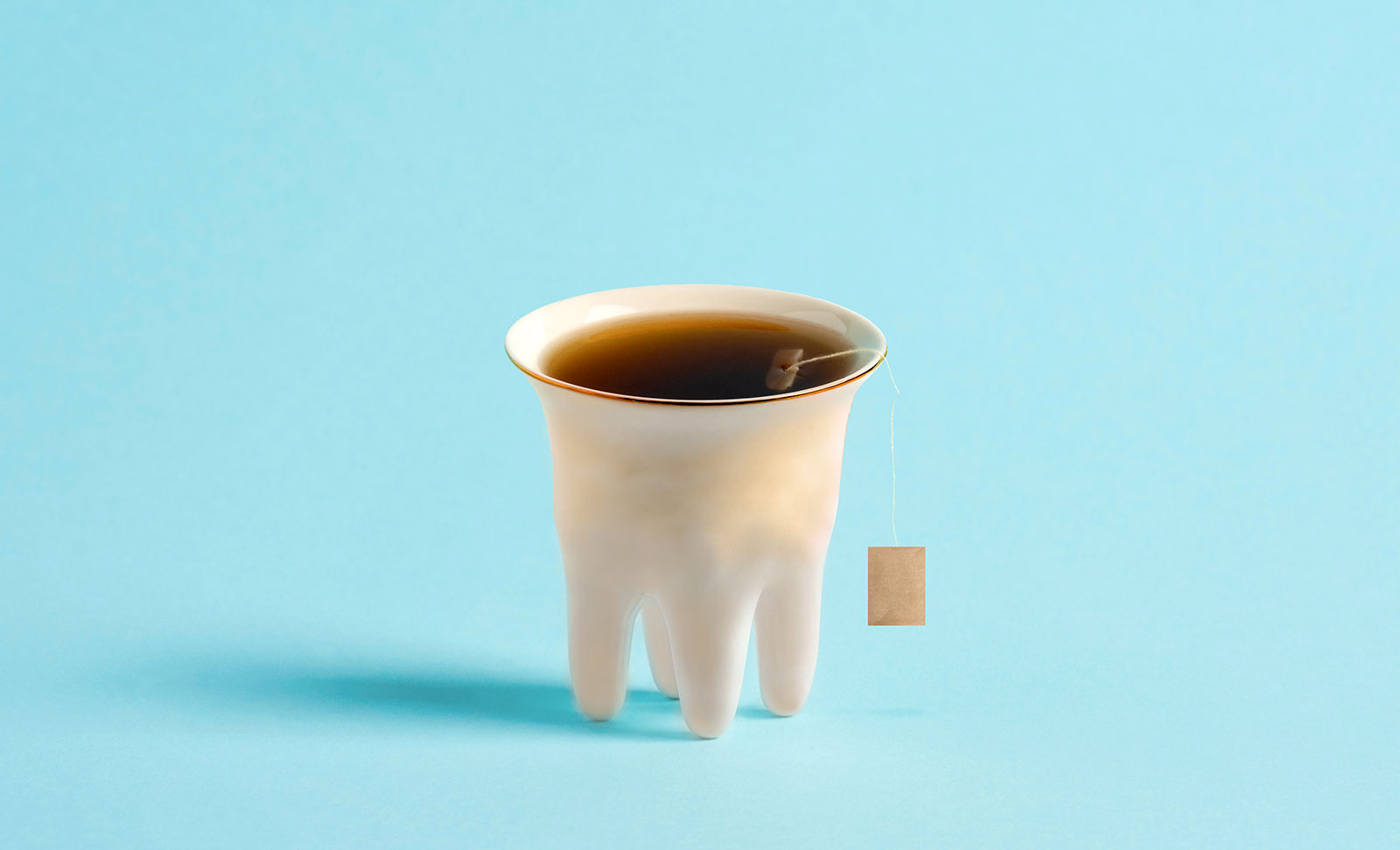One of the most common reasons for an emergency visit to the dental clinic is a broken tooth. Although tooth enamel is very durable, sometimes it can break or split. In any case, it is considered an emergency and must be treated immediately.
In this post we explain what to do if a tooth breaks, what are the causes, and what type of treatment the dental clinic will provide.
Why do teeth break?
The most common causes of broken teeth are consumption of food that is too hard, a traumatic injury, a cavity (caries) that has weakened the tooth, or an old filling that has deteriorated and can no longer hold the tooth enamel together.
Generally speaking, there are two types of dental fracture: a partial fracture (i.e. only part of the tooth is broken) and complete loss of the tooth (i.e. the tooth comes out in its entirety; this process is known as avulsion).
Below, we explain what to do if you suffer a partial fracture, and what to do if the tooth comes out in its entirety.
Steps to take
These are the first steps we recommend you take if you have broken a tooth:
- The first thing you need to know is that there are solutions for all types of dental fracture. So stay calm and don’t worry.
- Second, if your mouth is bleeding, disinfect the area by rinsing your mouth with saline solution or salt dissolved in water. Then use a piece of gauze or a cold compress in order to stop the bleeding.
- Once you have stopped the bleeding, try to find the piece of broken tooth and clean it thoroughly. However, if the tooth has come out completely, make sure you do not clean the root. We recommend that you put the piece of broken tooth in a glass of room temperature milk, or alternatively in a glass of water, as your dentist may be able to save it.
- Call your dentist immediately. If you are able to see the dentist within an hour of the breakage occurring, it is very likely that the original tooth can be reimplanted. (If you need assistance, you can call Oris Dental Clinic, located in the neighborhood of Les Corts in Barcelona.) However, if it not possible to save the broken tooth, you still have a wide variety of options, which we will discuss later on in this post.
If you have suffered a small partial fracture or a chipped tooth, normally the tooth can be reconstructed using resin or composite. In any case, we recommend that you see the dentist as soon as possible in order to prevent any damage to the dental pulp.
I have a loose tooth
When you suffer a severe blow to the mouth, it can cause a tooth to break or become loose. If a tooth becomes loose, you must visit the dentist as a matter of urgency, as the tooth could fall out at any time. Before visiting the dentist you must make sure not to move the tooth with your fingers or tongue, and if possible you must not chew anything.
What if the tooth cannot be saved?
If you cannot visit the dental clinic within one hour after the tooth falls out, it may be difficult to save the tooth. In such cases, the dentist will often suggest that you get an implant (an artificial tooth that will replace the one you lost, and which will usually last as long as a natural tooth).
What will the dentist do?
If the fracture is small and has only caused the tooth to become rough in a particular spot (this is known as a chipped tooth), in most cases no specific treatment is necessary. All the dentist needs to do is polish the chipped area in order to make it smooth.
If part of the tooth has broken off – for example, the cusp of a molar – the most common solution is to restore the shape of the tooth using resin or composite, or by attaching a veneer or cap.
If the fracture is larger and runs from the surface to the nerve, sometimes it can be treated by inserting a filler material into the crack. However, if the nerve is damaged or the tooth is split in two, endodontic treatment is required in order to kill the nerve. It may even be necessary to extract the tooth and insert an implant.
Artículos relacionados
Comprehensive oral health, Restorative dentistry
Comprehensive oral health, Restorative dentistry






